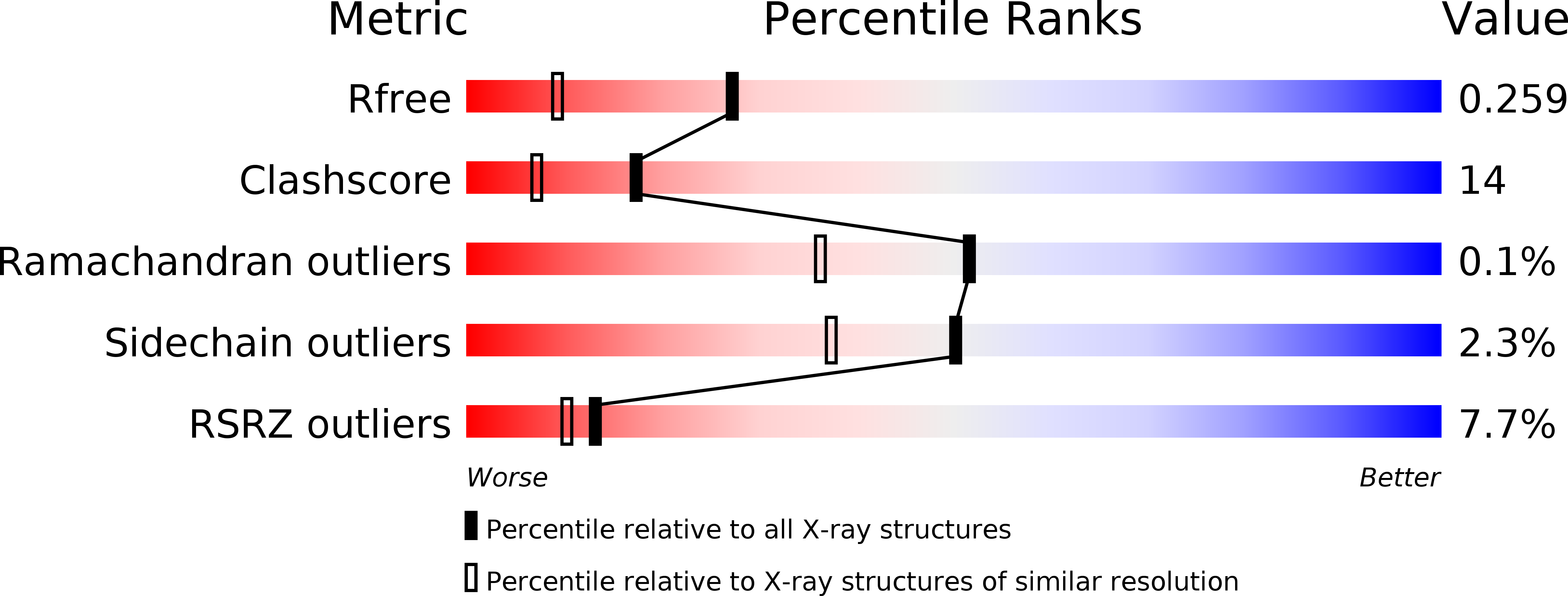
Deposition Date
2003-11-23
Release Date
2004-03-30
Last Version Date
2024-02-14
Entry Detail
PDB ID:
1RKX
Keywords:
Title:
Crystal Structure at 1.8 Angstrom of CDP-D-glucose 4,6-dehydratase from Yersinia pseudotuberculosis
Biological Source:
Source Organism:
Yersinia pseudotuberculosis (Taxon ID: 633)
Host Organism:
Method Details:
Experimental Method:
Resolution:
1.80 Å
R-Value Free:
0.26
R-Value Work:
0.22
R-Value Observed:
0.22
Space Group:
P 21 21 21


